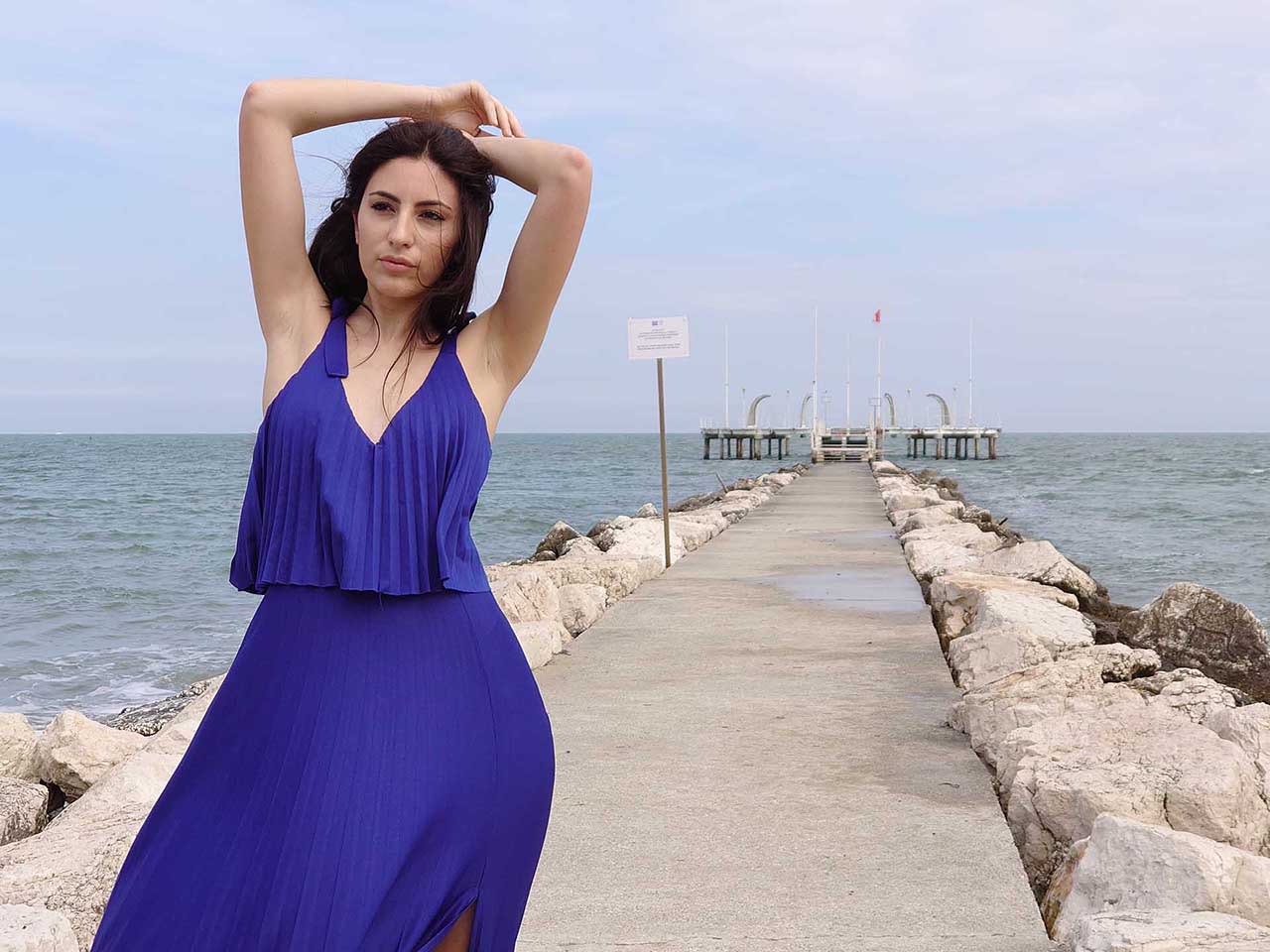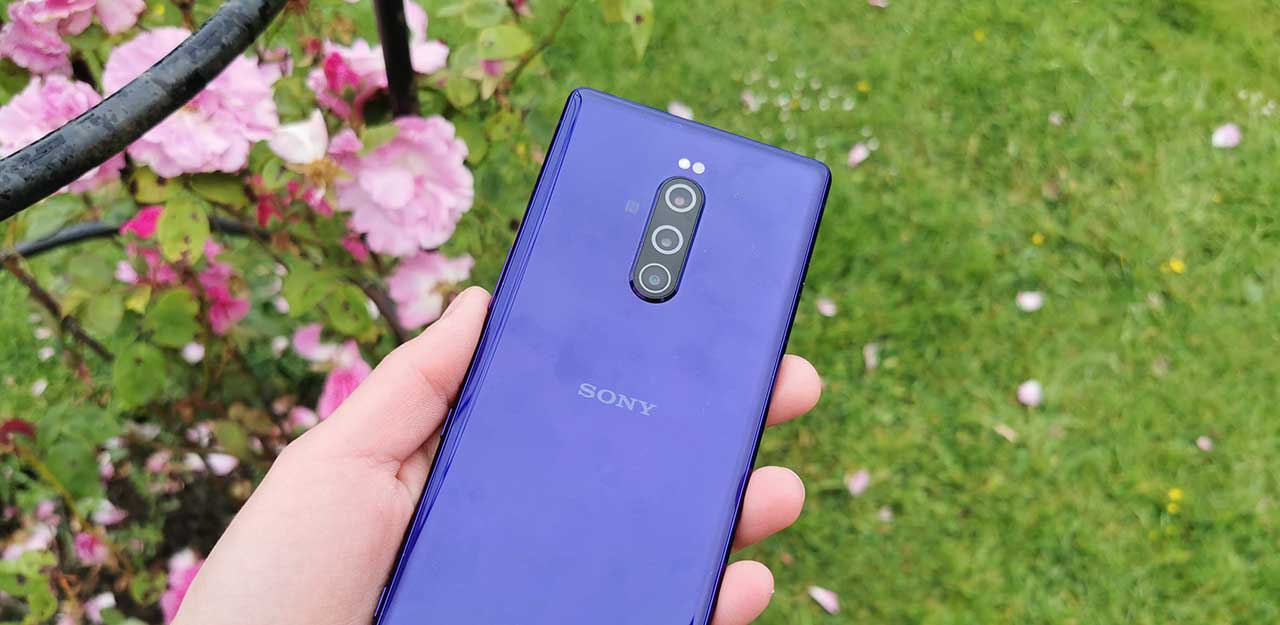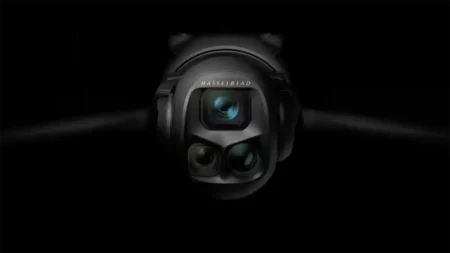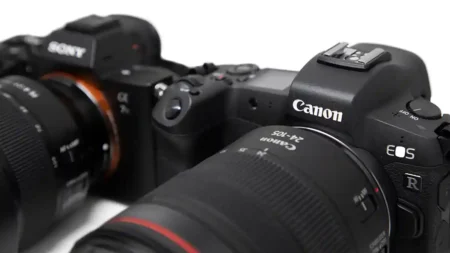What is the Sony Xperia 1?
Although it is one of the biggest names in the camera industry, by contrast, Sony’s smartphone business doesn’t have anywhere close to the same percentage of the market. At the time of writing, it makes up a tiny proportion of sales, compared to the likes of Huawei, Apple and Samsung which have been dominant for some time.
Sony has long been making some of the world’s best and most-impressive standalone cameras, but it has taken until now for the two internal brands (Xperia and Alpha) to join forces and start sharing technology between the two.
Keen to emphasise just how “back to the drawing board” this product is supposed to be, the latest flagship goes with the moniker “Xperia 1”. It features Sony’s first ever triple lens array on the back, with a standard and telephoto lens joined by what is becoming very popular, a super-wide-angle lens.
Features
From Alpha, the Xperia 1 inherits technology such as a Bionz X processor and, in a first for any smartphone, Eye AF. The super-fast processor also facilitates other power-hungry features like 4K HDR video recording, and up to 10fps shooting with full AF and AE tracking.
Rather unusually, the Xperia 1 has a screen with a 21:9 ratio. Designed to appeal to movie-lovers, it results in what is a very long and narrow phone.
A first for Xperia, the Xperia 1 has three lenses on its back. Here you have a wide-angle standard 26mm f/1.6 lens, a 2x telephoto lens at 52mm f/2.4 and a super wide angle lens, which gives you 16mm f/2.4. All three have 12 megapixel sensors, with the main camera being 1/2.6” in size, and the other two being 1/3.4-inch.
Internal storage can be expanded by adding a MicroSD card, which is particularly useful for photographers and videographers, while raw format shooting is supported – but only through third-party apps such as Lightroom. A manual control mode is available, along with a range of other shooting modes including Creative Effect and Portrait Selfie.
For those who are particularly interested in video, the Xperia 1 has some interesting options for you. There’s an in-built CinemaPro app which you can use to take full manual control over video, with a range of different cinematic effects which you can apply to 4K HDR video. Full HD shooting is also available, too.
Build Quality
Having a 21:9 ratio results in a very slim but tall phone, which looks somewhat out of place compared to the wider devices we’re used to seeing. Although it means that it will probably struggle to fit neatly into your jeans pocket, it has the advantage of giving you easier reach across the bottom of the screen when typing messages and emails.
Sony’s Xperia phones tend to follow a fairly simple design, and that’s largely true for the Xperia 1, but it does feature some quirky colours and rounded off edges to bring it a little bit more in-line with current phone design. It doesn’t feature a notch design for the display – which some will like – but it does arguably make it look a little old-fashioned.
The native camera app is also a little old-fashioned in parts. The “Creative effect” mode for example has some rather strange choices for digital filters that look like they come straight out of the 90s and are probably not likely to be to most people’s tastes. If you want to shoot in monochrome, this is where you’ll find it, slightly hidden away in the sepia option (you’ll need to desaturate it fully to get black and white).
Manual mode gives you a good range of parameters which you can change, including ISO, shutter speed and AF point. For some reason, you can’t use manual mode with the super wide angle lens, but otherwise it’s a good way to take control of the shot in slightly trickier conditions.
Performance
There are a few areas in which the Xperia 1 excels and provides you with genuinely useful functions. The Eye AF feature, something which we have been used to seeing on Alpha cameras, works very well to pick out the eye of your subject, showing a green box around the eye it has detected. It’s great when shooting portraits, but it’s a little disappointing that the feature isn’t available for the selfie camera.
Being able to shoot at 10fps with full AF and AE tracking is great for moving subjects, and it does a very good job of keeping up with action, particularly when following a fairly obvious movement pattern. Focusing in general is also pretty good, locking on to the target with ease in almost all conditions.
Image quality wise, the Sony Xperia 1 can produce some very nice shots, but I wouldn’t say the quality is elevated over other smartphones currently on the market. In good light, images are nice and vibrant with a satisfying amount of detail. In low light, the Xperia 1 produces some nicely clean images, but it’s a shame not to see a dedicated night mode such as we see on other phones like the Google Pixel 3a.
In the fully automatic mode, the phone seems to struggle somewhat with backlit scenes, producing images which can be blown out. In such conditions, switching to manual shooting and switching on HDR can help produce a better balance, but we’ve seen better straight out of the box performance from phones like the Huawei P30 Pro.
As is often the case with phones like this, it’s the main camera (26mm) which puts in the sharpest and best performance, but the wide-angle and telephoto lenses also produce pleasing results. Digital zoom is nothing to shout about though, and is best avoided if possible. For the super-wide angle lens, I’d recommend switching on distortion correction for the most natural results.
Sony Xperia 1 Sample Photos
Below is a selection of Sony Xperia 1 sample photos shot in Italy during the course of our test.









Verdict
After spending a decent amount of time with the Xperia 1, I’m left with mixed feelings. There is a lot to like about the smartphone, with features such as Eye AF and 10fps shooting being great to see in a device like this – you can’t help but wonder why it took Alpha and Xperia so long to work together.
However, in many other ways it’s a little bit underwhelming. The design is geared at those who watch a lot of videos on their smartphone, but it renders it a little bit unwieldy and odd looking – while that could be a personal preference, there’s probably a good reason why most phones are not this shape.
Image quality is good, but I wouldn’t say any better than phones such as the Samsung Galaxy S10 or the Huawei P30 Pro.
Meanwhile, the native app could do with some overhaul to bring it more up to date, as well as including the ability to shoot in raw format, and give you manual control over the super wide angle camera.
Overall, it’s a bit of a mixed bag. If you’re heavily into movies (and creating your own), it’s definitely worth a look. If you’re a dedicated Sony (camera) shooter, you may also feel confident sticking with the brand, but otherwise it’s hard to get overly excited about the Xperia 1 in a market which has so many fantastic options already in it – especially at this price point. It may well be the best Xperia which has ever been produced, but it still struggles to stand out against the likes of Samsung and Huawei (even if Huawei does have other problems at the moment).
I’m interested to see how the relationship between Xperia and Alpha develops though. The Xperia 1 is a great first collaboration, and I’m hopeful for further refinement in the coming months and years.



